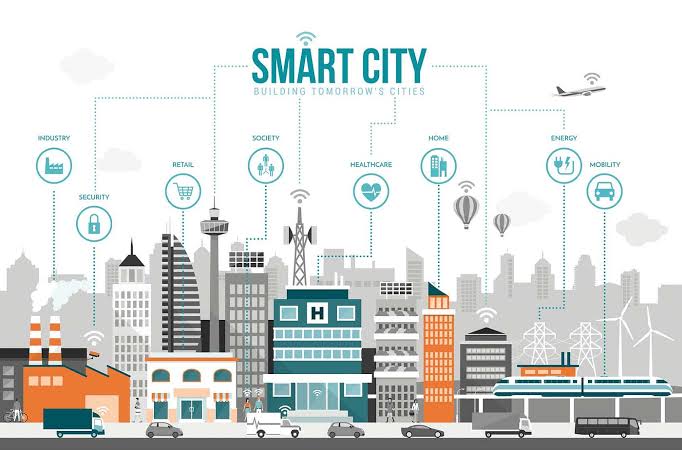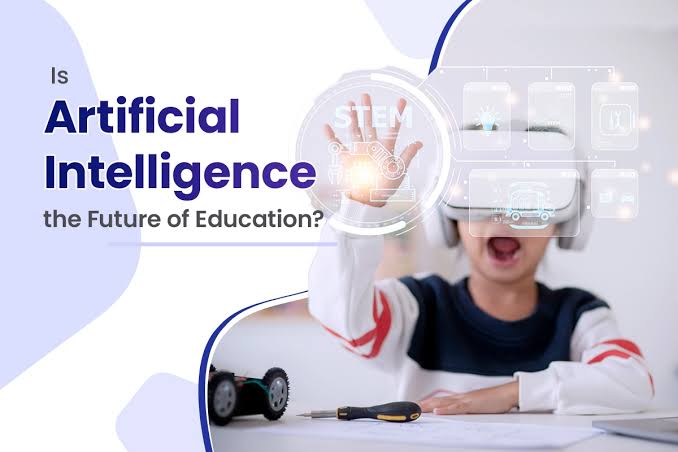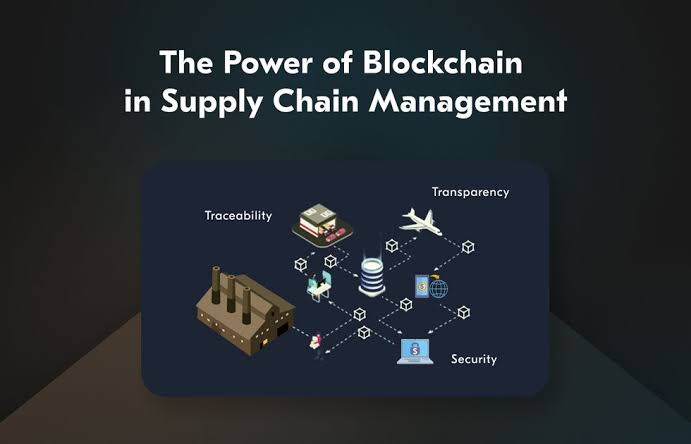As urban populations grow and technology continues to evolve at a rapid pace, the need for smarter, more efficient cities has become increasingly urgent. By July 2025, smart city infrastructure has moved beyond buzzword status to become a central pillar of urban planning across the globe. Governments, tech companies, and urban developers are working together to reshape how cities function, focusing on sustainability, connectivity, and resilience.
Smart city infrastructure isn’t just about high-tech gadgets. It’s about building integrated systems that improve quality of life, streamline services, reduce environmental impact, and foster economic opportunity. The future of these development plans is rooted in data-driven decision-making, automation, and citizen-centric design.
The Rise of Data-Driven Urban Planning
One of the most transformative aspects of smart cities is how they use data to optimize services and infrastructure. Sensors embedded in roads, buildings, vehicles, and public utilities collect real-time information about traffic flow, air quality, energy consumption, and more.
City planners use this data to:
- Predict infrastructure needs
- Identify bottlenecks and inefficiencies
- Monitor safety risks
- Make decisions based on real-time conditions
For instance, traffic data can lead to dynamic signal timing systems that reduce congestion and pollution. Similarly, energy consumption data can inform the rollout of smart grids, allowing cities to distribute electricity more efficiently and sustainably.
Sustainable Energy and Smart Grids
Future smart city infrastructure plans heavily prioritize clean, renewable energy. Solar panels, wind turbines, and energy storage systems are being integrated into buildings and city layouts. However, the true innovation lies in smart grid technology.
Smart grids are decentralized energy systems that use AI and sensors to:
- Balance electricity supply and demand in real time
- Reduce energy loss during transmission
- Allow for two-way communication between providers and consumers
- Integrate renewable sources into the power grid seamlessly
In this way, smart grids empower cities to not only reduce their carbon footprint but also become more resilient during energy crises or natural disasters.
Intelligent Transportation Networks
One of the biggest challenges for urban centers is mobility. The future of smart city development includes a complete overhaul of transportation infrastructure, integrating intelligent transport systems (ITS) that promote safe, fast, and eco-friendly mobility.
Key elements include:
- Autonomous vehicles: Self-driving cars, buses, and delivery vehicles managed by city-wide AI systems.
- Electric public transport: Buses and trains powered by clean energy and managed through real-time data.
- Mobility-as-a-Service (MaaS): Platforms that integrate public transport, ride-sharing, cycling, and walking into a single user app.
- Smart parking: Sensors that direct drivers to available spots, reducing idling and emissions.
All these elements work together to reduce traffic congestion, cut emissions, and make urban travel faster and more accessible.
Water and Waste Management Innovations
Smart cities of the future also aim to revolutionize how water and waste are managed. Infrastructure embedded with IoT (Internet of Things) devices can detect leaks in water systems, monitor usage, and even track contamination.
In terms of waste:
- Smart bins alert waste management services when full.
- Automated sorting systems separate recyclables more effectively.
- Waste-to-energy plants turn garbage into usable power.
These innovations reduce water waste, improve sanitation, and contribute to the circular economy, helping cities meet their sustainability goals.
Smart Buildings and Urban Architecture
Buildings are becoming active components of smart city systems. Future development plans emphasize structures that are not just connected but intelligent.
Smart buildings are equipped with:
- Automated HVAC systems that adjust based on occupancy and climate
- Smart lighting that conserves energy
- Advanced security systems using facial recognition and AI
- Energy-efficient materials and solar integration
Moreover, many smart cities are shifting to vertical development—combining housing, workplaces, and recreational spaces into compact, energy-efficient vertical neighborhoods. These reduce urban sprawl and make better use of limited land.
Digital Governance and Citizen Engagement
Technology also empowers smarter governance. Governments are investing in platforms that allow residents to interact directly with city services, lodge complaints, pay bills, or vote on civic matters from their smartphones.
Future development will see more:
- Open data platforms for public transparency
- Digital identity systems for secure access to services
- AI-based chatbots and digital assistants for 24/7 public support
Importantly, smart cities must be designed with inclusion in mind. This means ensuring accessibility for elderly and disabled citizens and bridging the digital divide so no one is left behind.
Urban Resilience and Disaster Preparedness
With climate change and geopolitical instability on the rise, resilient infrastructure is no longer optional. Smart city development plans are now focusing on systems that can withstand extreme weather, cyberattacks, and pandemics.
Resilience features include:
- Flood monitoring systems
- Smart emergency alert systems
- AI-based modeling for disaster response
- Distributed energy storage for power continuity
Cities like Tokyo, Singapore, and Amsterdam are already piloting resilience strategies as part of their smart city frameworks, setting standards for others to follow.
Integration of AI and Edge Computing
Artificial intelligence plays a crucial role in synthesizing the massive amounts of data produced by smart infrastructure. From traffic optimization to predictive maintenance, AI ensures cities run efficiently.
Edge computing, which processes data near the source rather than relying solely on cloud servers, allows for faster decision-making in mission-critical systems like traffic lights, emergency response, and energy distribution.
This combination of AI and edge computing makes cities more responsive and adaptable, even in unpredictable circumstances.
Challenges Ahead
Despite the promise of smart city development, significant challenges remain:
- Privacy concerns over surveillance and data collection
- Cybersecurity risks for highly connected systems
- High initial investment costs and unequal global access
- Standardization issues across vendors and jurisdictions
To overcome these hurdles, cities must establish clear regulations, ensure ethical technology use, and develop public-private partnerships to fund and implement infrastructure.
Conclusion
The future of smart city infrastructure development is not just about technology—it’s about creating cities that are livable, sustainable, and resilient for everyone. As of 2025, the movement toward smarter cities is gaining real momentum, with digital innovation increasingly woven into the fabric of everyday urban life.
As these trends evolve, successful cities will be those that balance innovation with inclusion, security with accessibility, and efficiency with empathy. The cities of tomorrow aren’t just connected—they’re conscious.



